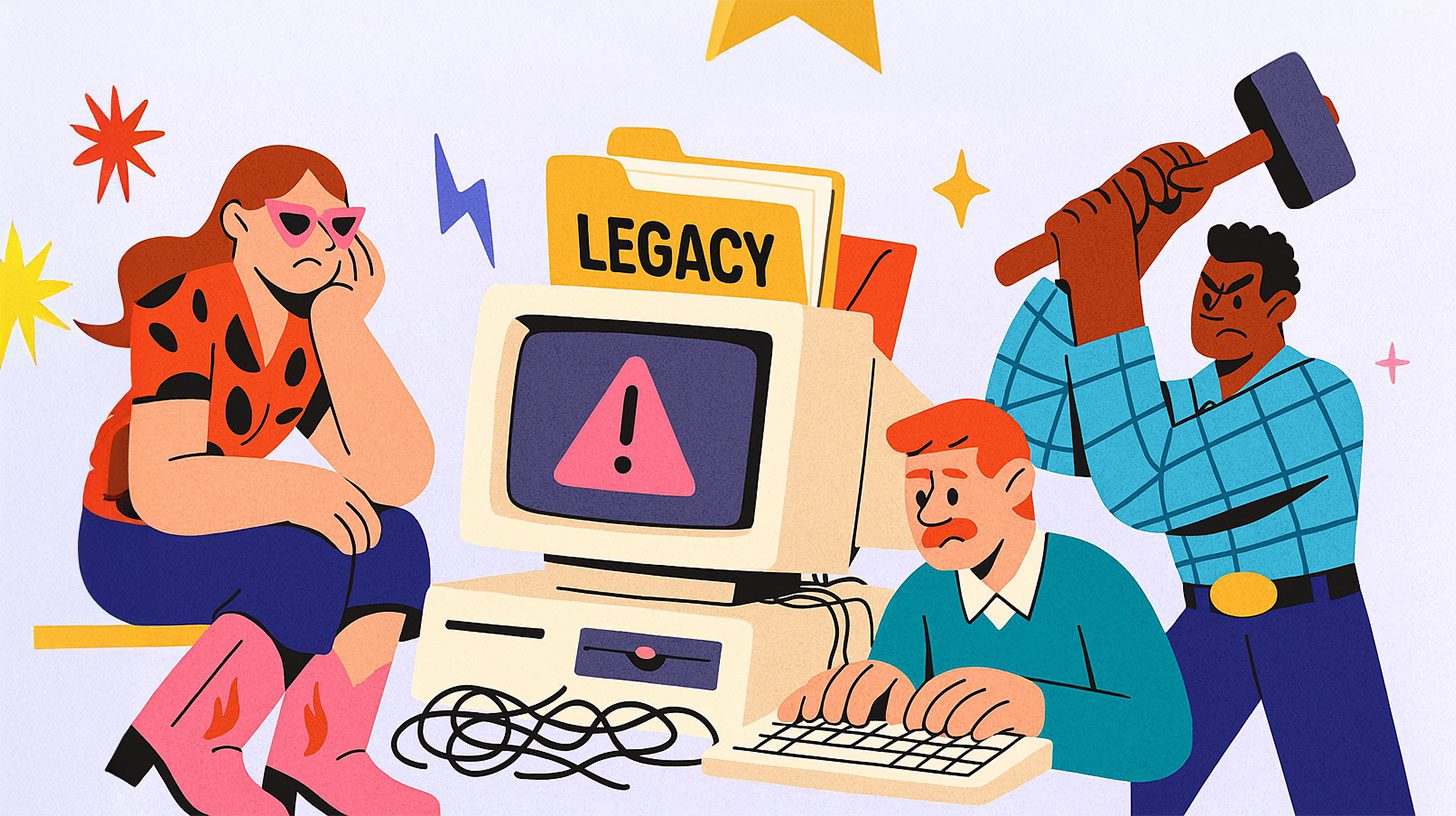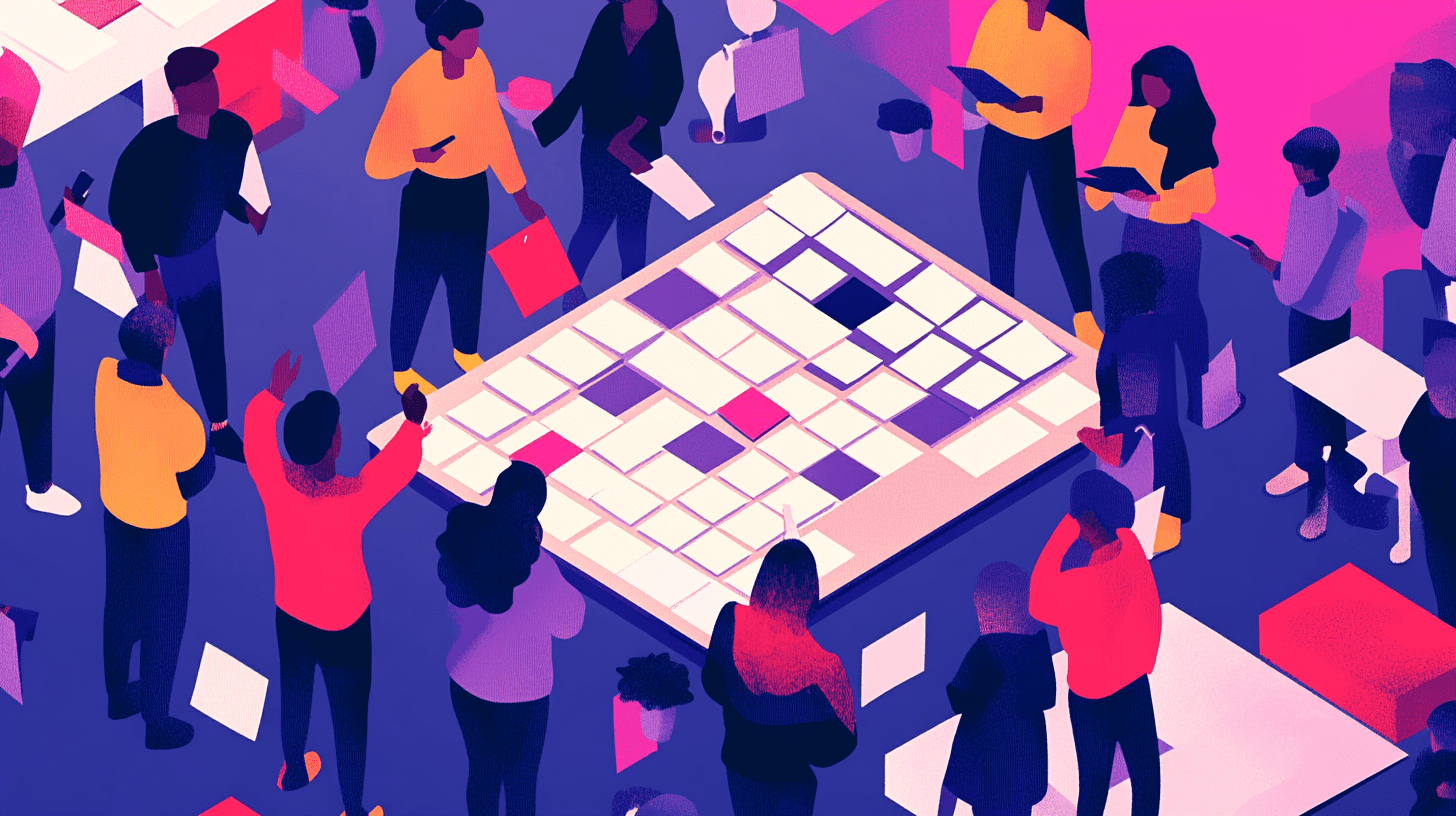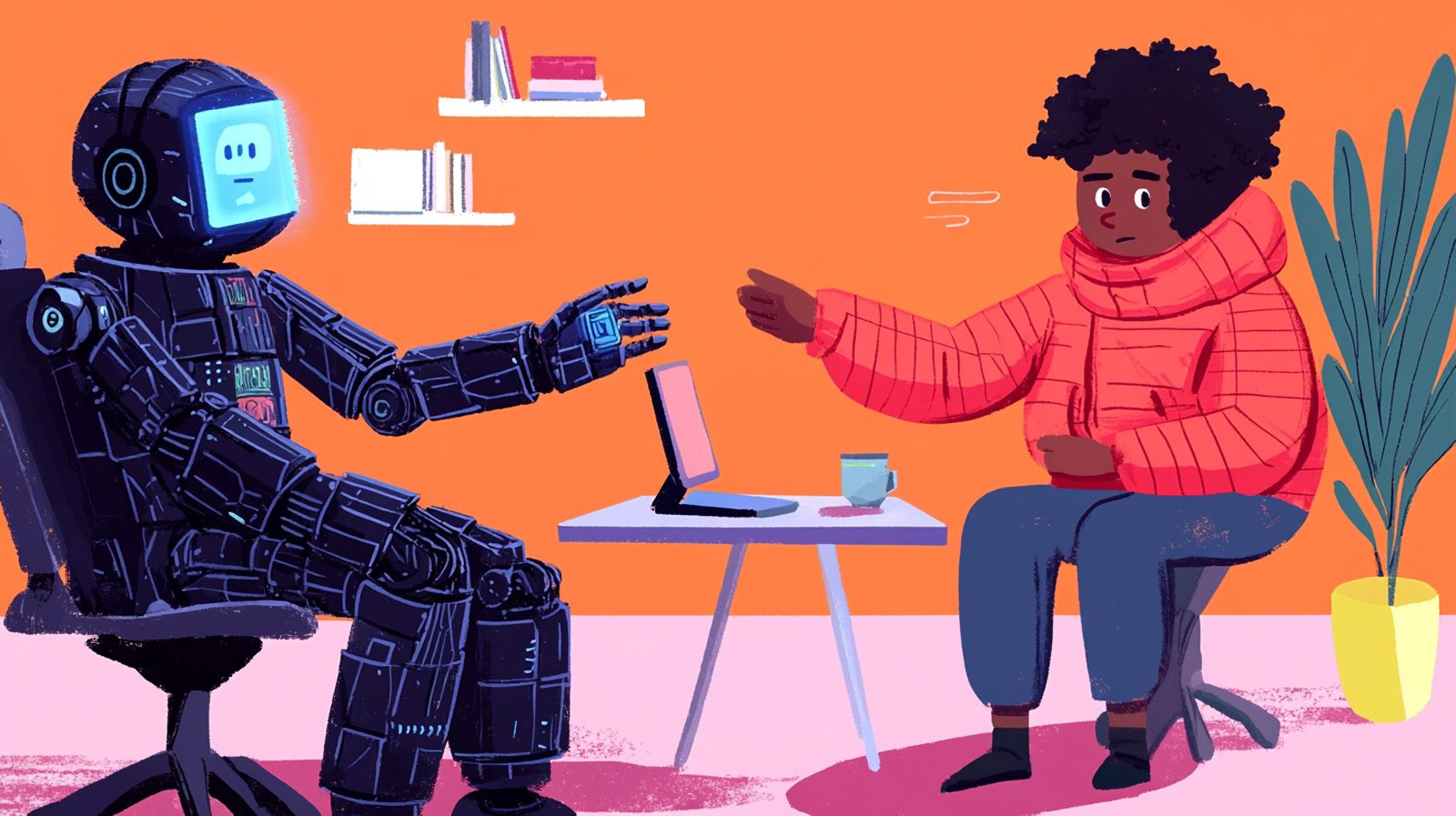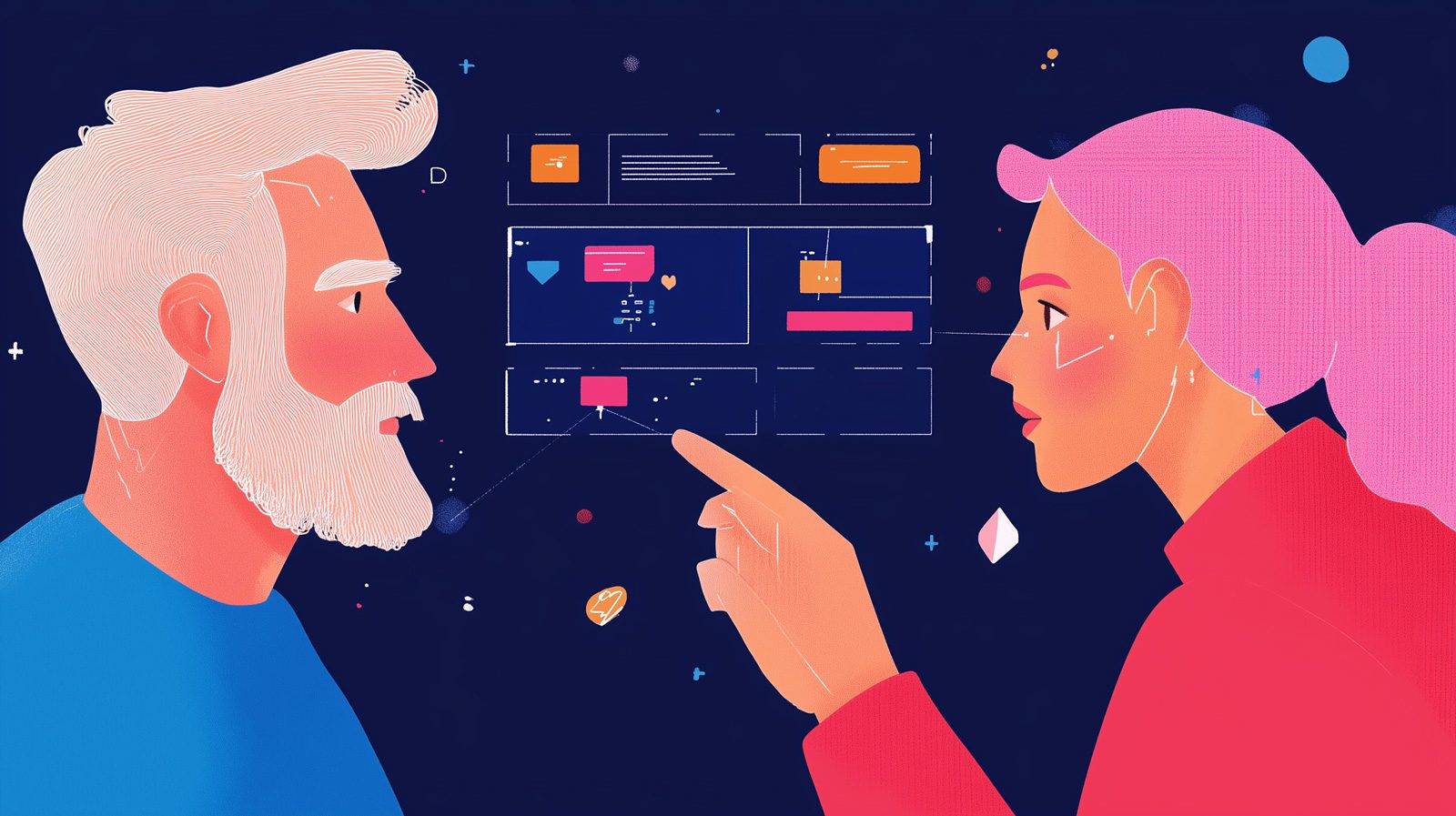What is “Heuristic” and why does it matter in design?
Heuristic in a nutshell is creating shortcuts to make decision making easier. First discovered by Gerd Gigerenzer, a German psychologist, the term has Greek origins meaning “serving to find out or discover”. To be more precise heuristic is a fast and accurate way to make big decisions in less time, by creating cognitive shortcuts to reduce mental effort. In relation to design, it means using very complex psychology to create conversions. All UX tasks start with a process of capturing an audience, this audience is then in turn given a goal to complete. In some cases like with bespoke web design, it is an enquiry or a purchase and by utilising a heuristic approach we subconsciously reduced the cognitive overload that leads to higher abandonment rates or lower goal completion.
Aesthetic-Usability Effect
Have you ever enjoyed using a website or an app even though it doesn’t work well? Have you hated using a website or app that works perfectly well but looks bad? These are both ends of the spectrum of the aesthetic-usability effect. First discovered in 1995 by researchers Masaaki Kurosu and Kaori Kashimura, 252 participants had to rate each design for ease of use and aesthetic appeal. They found a strong correlation between the two and concluded users are strongly influenced by aesthetics when evaluating underlying functionality. The takeaways are that good design makes people believe the usability is better, if it doesn’t work they are more tolerant of an aesthetically pleasing design and finally pleasing designs can mask usability issues preventing them from being discovered during testing.
Fitt’s Law
Waaaaaaaay back in 1954, the psychologist Paul Fitts (hence the name) was examining the human motor system. He found that the time required to move to a target depends on its distance but is inversely affected by the size of the target. This means error rates are increased with fast movements to small targets. In UX this translates to mobile experiences where the difficulty of clicking a button should be reduced by increasing button size and minimising the distance between the task area. Key takeaways are to make sure buttons are large enough to be selected, add ample white space and the target should be easily acquired.
Goal-Gradient Effect
Originally proposed by Clark Hull in 1932, the goal-gradient hypothesis states the tendency to approach a goal increases with proximity. This hypothesis has mostly been proven using rats by simply giving them a single route toward food and monitoring them running progressively faster with proximity. When designing a website you can use the goal-gradient effect by providing artificial progression towards a goal to encourage completion and reduce abandonment. This motivates the user to get them over the final hurdle, turning a lost lead into a conversion.
Hick’s Law
Hick’s Law, also known as the Hick-Hyman Law, is a fundamental principle in UX design. Named after British and American psychologists William Edmund Hick and Ray Hyman, this law focuses on the relationship between the number of choices and the time it takes to make a decision. The key takeaway is that as the number of options or elements to choose from increases, decision time also increases. Understanding Hick’s Law can help designers streamline choices and improve the user experience.
Jakob’s Law
Jakob’s Law, coined by Jakob Nielsen, a renowned usability expert, emphasises the importance of familiarity in web design. This law states that users prefer interfaces and designs that are consistent with what they have encountered before. In other words, users feel more comfortable and find it easier to navigate websites that follow established conventions. Applying Jakob’s Law can lead to increased user satisfaction and a more intuitive user experience.
Miller’s Law
Miller’s Law, named after cognitive psychologist George A. Miller, is a principle that revolves around the human capacity for processing information. Miller famously proposed that the average person can hold about seven items (give or take two) in their short-term memory. This concept has significant implications for UX design, as it underscores the importance of simplifying information and content presentation. Adhering to Miller’s Law can enhance user retention and understanding.
Parkinson’s Law
Parkinson’s Law, introduced by British historian and author Cyril Northcote Parkinson, humorously describes the phenomenon of work expanding to fill the time available for its completion. In the context of UX design, this law serves as a reminder to set clear deadlines and prioritise tasks efficiently. By understanding Parkinson’s Law, designers can avoid unnecessary delays and keep projects on track for timely delivery.
Conclusion
In the world of UX design, the Laws of Heuristics are our guiding stars, leading us toward creating experiences that are not just functional but delightful. We’ve explored these principles, from the cognitive shortcuts of heuristics to the profound impact of aesthetics on usability, from the practicality of Fitt’s Law to the motivational power of the goal-gradient effect.
But remember, the real magic happens when you put these principles into practice. It’s not just about knowing them; it’s about using them to craft remarkable user experiences. Whether you’re embarking on a new software project or planning a website revamp, implementing these laws can make all the difference.
Now are you ready for The Laws of UX – Principle Pt.2? In the world of UX design, principles are our guiding lights. We continue our exploration into the fundamental laws that shape user experiences.
If you’re ready to turn these insights into tangible results, we’re here to help. Our experienced team of designers and developers is eager to collaborate with you on your next bespoke software or website project. To get started, why not book a free 30-minute consultation with our team? Let’s discuss your ideas, challenges, and aspirations. Together, we can transform your vision into a reality that your users will love. Let’s make your digital dreams come true.







